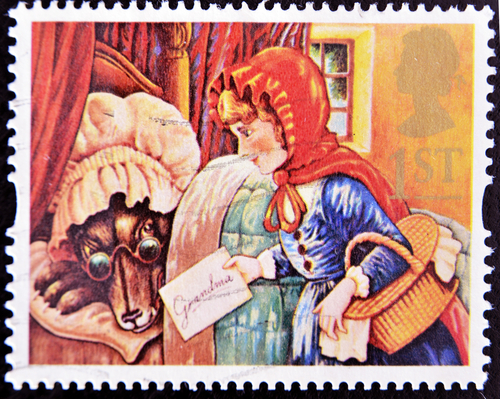You know story from fairy tales?
Fairy tales belong to Children's Literature, but nevertheless, they enchant people of various ages around the world. Considered classics of world literature, fairy tales have their origins in remote times and were not always presented as we know them today. The fanciful and playful aspect that surrounds them today arose from the need to minimize controversial and controversial plots, from a time when civilization had not yet invented the concept we know so well today: the childhood. we call fairy tale because they are stories that have their origin in the culture Breton-celtic, in which the fairy, a fantastic being, is of fundamental importance.
The first collection of children's stories appeared in the 17th century, in France, organized by the poet and lawyer Charles Perrault. The stories collected by Perrault had their origins in oral tradition and until then had not been documented. Eight stories were contemplated, Sleeping Beauty in the Woods; Little Red Riding Hood; The Blue Beard; Puss in Boots; The Fairies; Cinderella
or The Cinderella Cat; Henrique do Topete and The Little Thumb. Thus, Children's Literature as a literary genre was born with Charles Perrault, but it would only be widely disseminated later, in the 18th century, from the linguistic researches carried out in Germany by the Brothers Grimm (Jacob and Wilhelm).In carrying out their linguistic research, which aimed to discover linguistic invariants originating in the oral narratives, the Brothers Grimm have discovered a varied collection of wonderful stories disseminated from generation to generation. Thus, they formed the collection that brought together tales such as Sleeping Beauty; Snow White and the Seven Dwarfs; Little Red Riding Hood; The Cinderella Cat; The Golden Goose; The Seven Crows; The Bremen Musicians; The Keeper of Geese; Joãozinho and Maria; The Little Thumb; The Three Spinners; the frog prince and dozens of other tales. However, in documenting the stories, the Brothers Grimm, influenced by the Christian ideas that already dominated the thinking of the time, made several changes in the plot of some stories, as these often presented controversial aspects with episodes of violence or evil, even involving, kids. An example of this is the narrative of Little Red Riding Hood. In Charles Perrault's version, when there was still no concern to adapt the stories collected from the tradition oral, the figure of the Hunter did not exist (a figure that appears to save the girl and her grandmother from a possible ending tragic). Little Red Riding Hood would get naked, lie down with the wolf and die devoured by it. In another even more obscure version, the girl was tricked by the wolf who induced her to eat her own grandmother cooked, in addition to drinking her blood served in a glass of wine. Well, you can already see that the story we know is quite different from the original, isn't it?

In the Grimm Brothers' version, Little Red Riding Hood and his grandmother are saved, which avoids a tragic outcome. In Perrault's version, they were not spared.
The collection of Classic Children's Literature would be completed by the stories of the Dane Hans Christian Andersen, who followed the structure defended by the Brothers Grimm. The stories should be permeated by the same ideals, defending moral values and the Christian faith. An important aspect differs Andersen's stories from previous narratives, because, based on the Christian faith, he created elements that spoke to children about the need to understand life as a tortuous path to be followed with rectitude and resilience so that at last, in death, heaven was Reached. Andersen's tales are considered the saddest, as many of them do not have a happy ending. The story The Little Match Seller is an example that illustrates Andersen's style well.

In Hans Christian Andersen's short story, the girl who sells matches dies of cold and hunger, ignored by passersby
When analyzing the origin of fairy tales, we can see the profound changes that the genre has undergone over time, changes made to reduce the negative impact of the original stories. Of course, we must note that times were different and there was still no concern with playful aspects that are so important today for the education of little ones. Today it is known that themes considered violent can negatively influence children and that is why we do not accept the original language used in the first versions of the stories. But, on closer reading, it is still possible to see remnants of the frightening universe that inhabited the original stories. Then there is an invitation: revisit the children's classics and discover in them dark and sinister traits that will prove an unromantic origin.
By Luana Castro
Graduated in Letters
Source: Brazil School - https://brasilescola.uol.com.br/literatura/historia-dos-contos-fadas.htm
